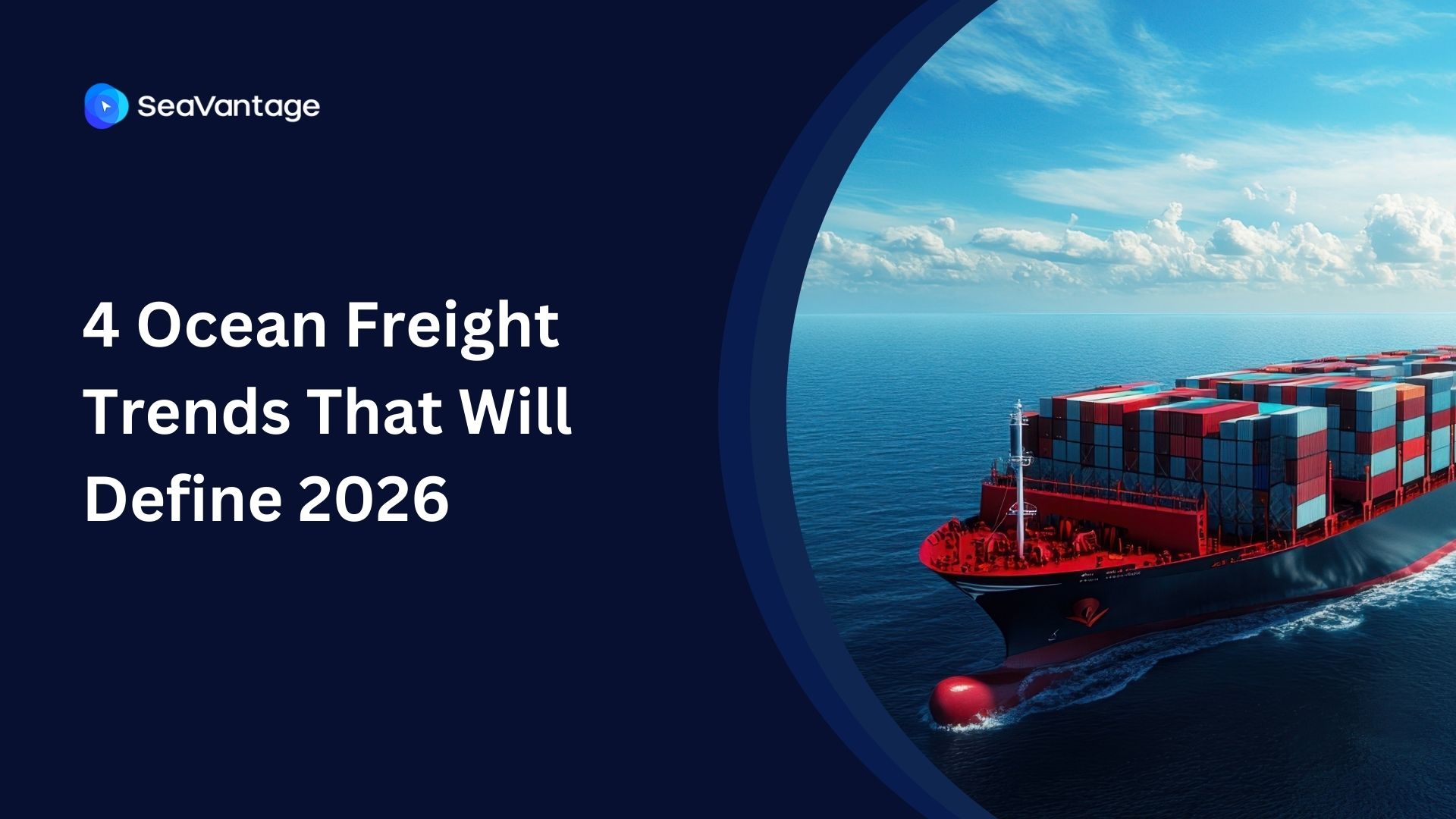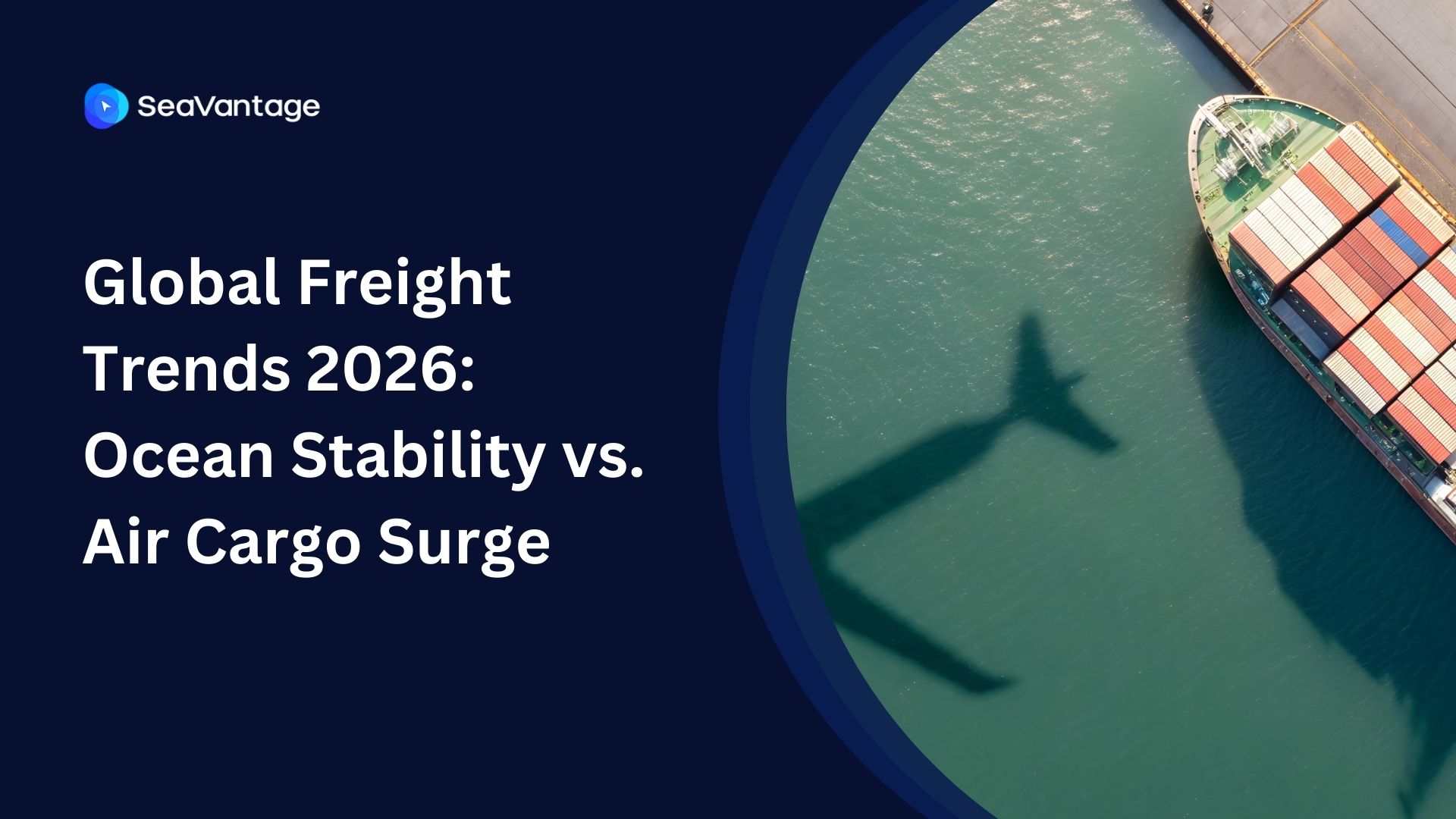How the Israel–Iran Conflict Is Rattling Global Maritime Trade

The latest escalation between Israel and Iran has dramatically raised the stakes for global shipping. As conflict intensifies, the maritime industry is facing a new and more unpredictable level of risk. Vessels are increasingly rerouting to avoid potential flashpoints, port calls in high-risk areas like Haifa are being suspended, and uncertainty is spreading across the entire global shipping network.
But this isn’t entirely new. In recent years, the Red Sea and the Bab el-Mandeb Strait—a critical chokepoint connecting the Red Sea to the Gulf of Aden and the Arabian Sea—have seen repeated disruptions. Political instability, regional militancy, and targeted attacks have made these waters some of the most volatile in the world. Many shipping lines had already begun shifting to longer but safer routes, such as around the Cape of Good Hope, despite the higher operational costs and extended transit times.
Strategic Chokepoints Under Threat
At the heart of the current crisis is the Strait of Hormuz. It’s narrow—just 21 miles at its tightest point—but essential. Nearly 20% of the world’s oil exports pass through this passage each day, along with a significant volume of liquefied natural gas. Its strategic importance, however, isn’t limited to energy. The strait also plays a critical role in container trade linking Asia, the Middle East, and Europe.
On June 22, 2025, following U.S. airstrikes on three Iranian nuclear facilities, Iran's parliament approved a motion endorsing the closure of the Strait of Hormuz. The move added pressure to an already fragile shipping landscape, particularly across the Red Sea and Bab el-Mandeb Strait, which remain essential conduits for vessels transiting between the Mediterranean and Indian Ocean.
Shipping Lines Pivot Routes Amid Rising Risks
In response, carriers are acting swiftly—each adjusting strategy based on risk tolerance and operational feasibility.
- Maersk suspended port calls at Haifa as of June 20, citing worsening security conditions. While the company initially intended to maintain operations through the Strait of Hormuz, the recent developments could soon lead to further adjustments.
- Hapag-Lloyd followed with a similar measure on June 19, suspending its EM3 shuttle service to Haifa. The carrier noted it is actively monitoring the situation.
- Mitsui O.S.K. Lines (MOL) continues to operate in the region, but has warned that freight rates may rise due to mounting insurance and security costs.
- CMA CGM, in a June 17 update, stated that its maritime operations in the region remain uninterrupted for now. However, the carrier emphasized it is closely tracking all developments.
Quantifying the Impact: Data and Market Reactions
Recent data illustrates just how quickly conditions are shifting:
- Vessel transits through the Strait of Hormuz dropped from 147 (June 9) to 111 (June 15) according to JMIC, Joint Maritime Information Center.
- Port calls to Haifa have decreased significantly as carriers were suspending port calls ports in Israel.
These indicators suggest growing hesitation among carriers and a risk landscape that is still developing.
How SeaVantage Data Helps Container Stakeholders Navigate Geopolitical Risks
In a dynamic and increasingly unpredictable environment, actionable data becomes essential. SeaVantage provides real-time analytics that support smarter decisions for container logistics teams, including the ability to:
- Monitor vessel clustering, dwell times, and routing changes at ports in the Red Sea and Gulf region
- Track port call trends and delay patterns over time
- Simulate routing shifts and predict changes to vessel arrival or berthing schedules
- Leverage end-to-end container tracking to maintain visibility during disruptions
These tools help stakeholders anticipate disruptions, reroute proactively, and maintain agility in volatile scenarios.
Outlook: Navigating a New Normal in Maritime Logistics
The Israel–Iran conflict isn’t just another regional flare-up—it’s accelerating a larger shift in the way global shipping operates. For decades, the focus was on cost and efficiency. Today, resilience is just as critical.
Key actions for shipping and logistics stakeholders:
- Diversify routing strategies. Avoid over-reliance on single corridors.
- Enhance visibility. Real-time tracking and analytics are no longer optional—they’re vital.
- Invest in risk intelligence. The ability to respond quickly depends on dynamic planning tools.
The era of predictable trade lanes may be fading. What lies ahead is a more complex web of decisions—where every route, port, and chokepoint must be evaluated through the lens of risk.
If you’d like tailored insights or a deeper look at how SeaVantage can support your logistics operations during these disruptions, reach out to learn more about our real-time data and risk monitoring solutions.
Frequently Asked Questions (FAQ)
How has the Israel–Iran conflict affected global shipping routes?
The conflict has intensified security concerns across the Strait of Hormuz and Red Sea. Several carriers, including Maersk and Hapag-Lloyd, have suspended port calls to Haifa, while others are evaluating alternative routes to avoid high-risk regions.
What is the significance of the Strait of Hormuz for maritime trade?
The Strait of Hormuz is a critical chokepoint through which nearly 20% of global oil exports and significant container volumes pass daily. Its closure or disruption can severely affect global shipping flows, energy markets, and freight rates.
Which carriers have altered their operations due to recent tensions?
As of late June 2025, Maersk and Hapag-Lloyd have suspended services to Israeli ports. MOL continues to operate but has warned of increased freight rates. CMA CGM is maintaining operations for now but is monitoring developments closely.
What data does SeaVantage provide during geopolitical disruptions?
SeaVantage offers real-time analytics on vessel positions, clustering, port dwell times, and rerouting patterns. It enables container logistics teams to predict schedule changes, simulate new routes, and maintain visibility even in volatile areas.
Why is real-time container visibility so important right now?
As traditional trade lanes become less predictable, visibility helps logistics teams manage risk proactively, communicate accurately with customers, and minimize delays or disruptions caused by sudden changes in regional security.
2025년 9월, 주요 글로벌 항만에서 어떤 운송사가 가장 긴 선박 체류 시간을 기록했는지 확인해보세요. 트렌드를 비교하고, 지연을 파악하며, 전체 항만 데이터를 통해 운송 전략을 최적화할 수 있습니다.
2025년 8월, 주요 글로벌 항만에서 어떤 운송사가 가장 긴 선박 체류 시간을 기록했는지 확인해보세요. 트렌드를 비교하고, 지연을 파악하며, 전체 항만 데이터를 통해 운송 전략을 최적화할 수 있습니다.
2025년 7월, 주요 글로벌 항만에서 어떤 운송사가 가장 긴 선박 체류 시간을 기록했는지 확인해보세요. 트렌드를 비교하고, 지연을 파악하며, 전체 항만 데이터를 통해 운송 전략을 최적화할 수 있습니다.
iscover the 4 critical ocean freight trends for 2026, from the Red Sea reopening and fleet overcapacity to shifting global trade maps. Prepare your supply chain now.
Discover key 2026 freight market trends: Port of Houston expansion, air cargo "super peak," and ocean freight stability. Plan your supply chain with SeaVantage.
Explore November 2025 global port dwell time data. See which ports and carriers led in efficiency across Antwerp, Busan, Long Beach, Rotterdam, and Singapore.



.svg)





.jpg)

.png)